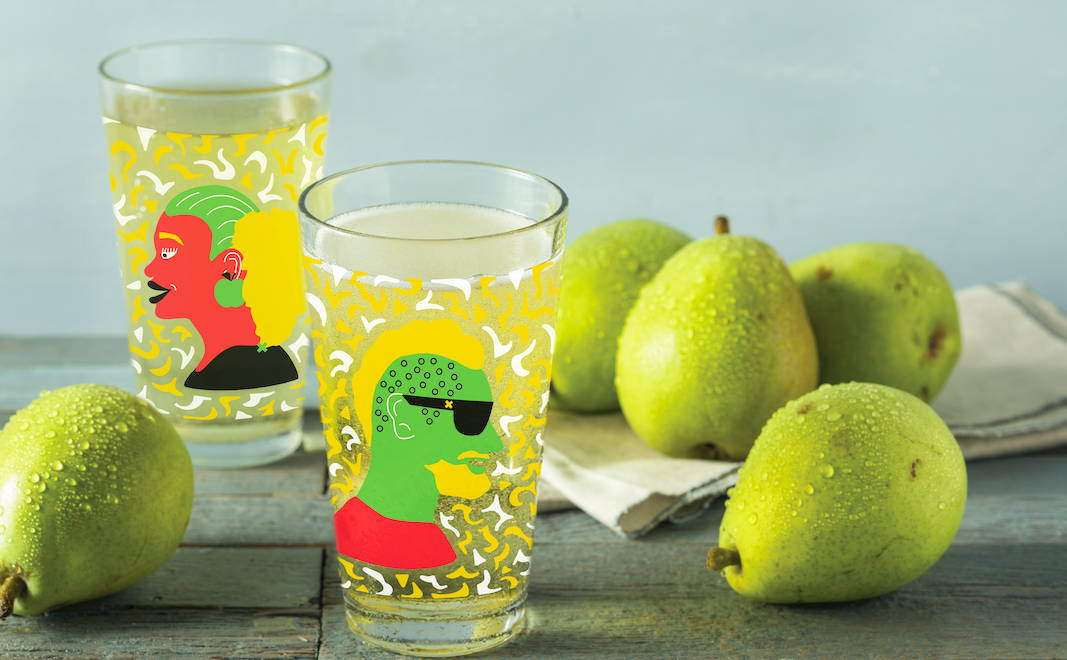Green Goals with Monica Cargoya
GREEN GOALs With Monica Cargoya

FEATURED ARTICLES
Sustainability is a mainstream subject and the amount of information available on food allergens to organic certification has increased considerably. However, when it comes to what we eat, do we have the tools to make real eco-friendly choices beyond advertising claims?
According to YouGov data, Britons are more concerned about the environment than ever before, with a quarter (27%) citing it in their top three issues facing the country. Renowned activist Wendell Berry once wrote that “ eating is an agricultural art”, but connecting what we eat with how that food is grown to make informed decisions isn’t always easy. Below are some ideas to help us reclaim responsibility for our own role in the food system while bringing about a paradigm shift towards more sustainable living.
1. Bulk Buy
Uk food waste is decreasing, but households still throw away 4.5m tonnes a year, representing 70% of all food waste once produce leaves the farm. Bulk buying contributes to waste prevention as it allows you to buy the exact amount you need. It reduces packaging too.
2. Prioritise Plants
Eating more plants helps to reduce freshwater use and deforestation while switching to less carbon intensive meats - beef’s greenhouse gas emissions per kilogram are 7.2 times higher than chicken’s - can have a substantial impact.
3. Understand Food Miles
It’s true that buying local often means a lower carbon footprint, but not always. Vegetables grown in the sunshine versus local ones produced using heating systems, have a smaller carbon footprint, even after factoring in ( non-air-freight) shipping.
4. Eat Whole Foods
Eating more variety of whole food such as legumes,berries and leafy greens, helps protect biodiversity. Currently, 75% of the world food supply comes from twelve plant and five animal species, a risk both for natural and our own food security.
5. Choose Sustainable Seafood
According to the Un, 29% of the world's fish stock are overfished and 61% fully fished. Checking the Marine Conservation Society Good Fish Guide app, avoiding destructive fishing methods like bottom trawling and opting for species at the bottom of the food chain - which have a quick growth cycle and repoputle rapidly - are measures that can help mitigate the damage.
6. Avoid Intensive Farming
Identifying sustainable agriculture can be tricky, so seek farmers that support soil health and fertility, use methods like minimum tillage, avoid monocrops and work to build entire ecosystems. This way, the ability of future generations to grow healthy food isn’t compromised.
7. Choose Cider
Alcoholic beverages like cider, made following a fermentation production process that doesn’t involve heat or vast amounts of waste, are considered to have the least environmental impact, particularly if orchards are managed sustainably, providing a habitat for wildlife. Trees are also considered capture technology in the world. While apples are picked each season, trees and their environmental benefits - carbon stronge, wild habitat - remain, as opposed to other beverage crops which are fully removed from the soil when harvested.
8. Go to market
Farmers’ markets are great for buying seasonal and traceable produce, learning about farming methods and avoiding packaging. Alternatively, join a Community supported agriculture (CSA) scheme to get produce directly form the farm.
9. Get Cooking
Preparing your one meals avoids consumption of ultra-processed food and their oft-hidden environmental impact
10. Recycle
The easiest on the list. Additionally, certifications like Fairtrede or b-corp offer reassurance to customers who worry not only about the environmental impact of food, but also about working conditions of those producing it.
Journalist and photographer Monica. R Goya’s work focuses on gastronomy, wine, travel, farming and the environment. She recently published Uban Farming , about growing food in the city.
